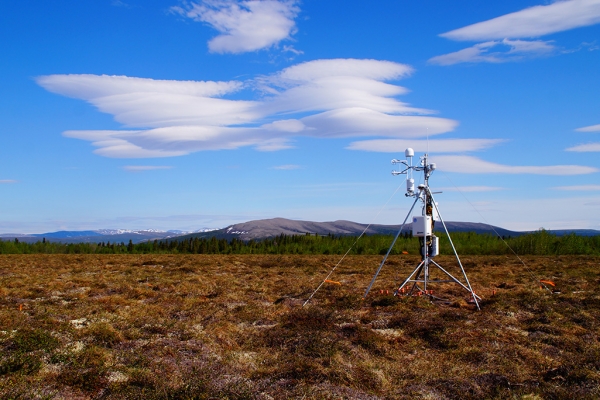Wetlands are Earth’s largest natural source of methane, a potent greenhouse gas that is about 30 times more powerful than carbon dioxide at warming the atmosphere.
Wetlands are Earth’s largest natural source of methane, a potent greenhouse gas that is about 30 times more powerful than carbon dioxide at warming the atmosphere. A research team from the Department of Energy’s Lawrence Berkeley National Laboratory (Berkeley Lab) analyzed wetland methane emissions data across the entire Boreal-Arctic region and found that these emissions have increased approximately nine percent since 2002.
Livestock and fossil fuel production are well studied for their role in releasing tons of methane per year into the atmosphere. Although more uncertain, quantifying natural wetlands emissions is important to predicting climate change. Scientists expect that wetland methane emissions are rising because temperatures in Boreal and Arctic ecosystems are increasing at about four times the global average rate, but it’s hard to say by how much because monitoring emissions in these vast and often water-logged environments has been so difficult – until now.
“Boreal and Arctic environments are carbon rich and vulnerable to warming,” explains Qing Zhu, a Berkeley Lab research scientist and senior author, along with Berkeley Lab postdoctoral researcher Kunxiaojia Yuan, of a new study that analyzed data collected from several advanced monitoring methods to find the nine percent emissions increase over the past two decades. A paper published in Nature Climate Change this week describes their approach.
Read more at: Berkeley Lab
A view of an eddy covariance tower, capable of measuring the release of greenhouse gases, located in Alaska. (Photo Credit: Sigrid Dengel)




